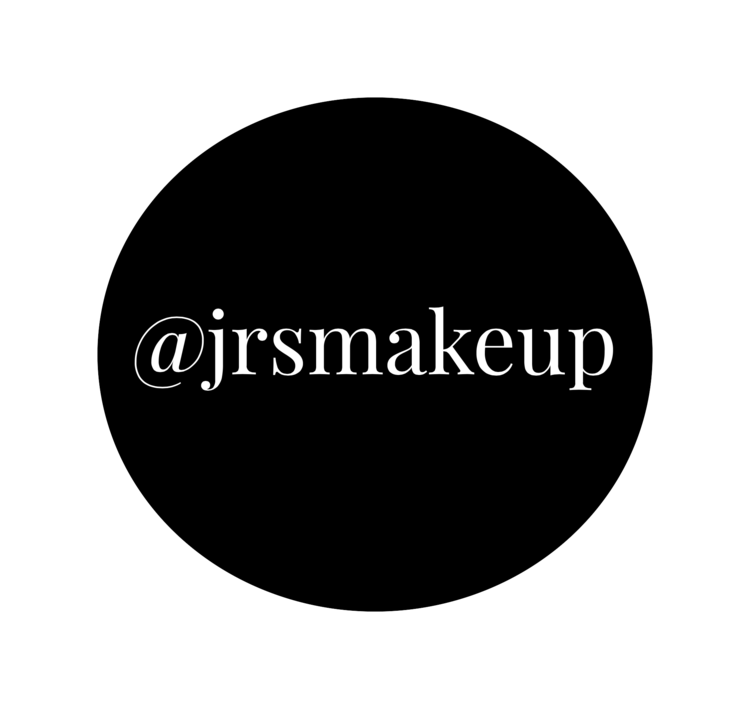As the holidays are approaching, I have been trying out some classic red lip shades, from bright red-orange to deep burgundy. There is nothing more festive than the perfect red lip. As I have been experimenting with these, I’ve noticed that my lips are so dry, especially at the corners. Don’t you hate that? Well, I have some bad news…. it turns out that the beloved holiday red lip can actually be causing our chapped lips! And there is nothing like a coarse, rugged lip terrain to wreak havoc on your otherwise flawless masterpiece. So, I decided to educate myself on the issue and find out if this can be avoided, and if not – determine if there is a fix.
As it turns out, there should be a master’s degree in lip management! To be truthful, there’s already an expert source – they’re called dermatologists! So, to avoid putting you through 7 years of postgrad education, I will tell you what I found!
As we know, as winter approaches, the outside temperature goes down, and the heat inside turns up. The dry air destroys the moisture in our lips and cracking and peeling starts. Many products have been developed to remedy the situation, from Chapstick to the higher end lip balms. Most of these have some type of petroleum jelly ingredient, which is super effective as it traps in around 99% of moisture. Keeping the lips covered in these types of products as long as possible will provide relief. Increasing fluid intake is also helpful (and, by the way, despite the old belief, water is not the only fluid, so coffee, tea and juices count).
Of course, dry air is not the only culprit. All makeup artists see these ragged lips year round. Some of our clients have this issue in the dead of summer. There are two different types of reactions of the lip “skin” that result in peeling: irritant and allergic. “Irritant contact dermatitis” is the most common type and happens when there is a direct trauma to the lip surface or chemical reaction to products, damaging the lip's outer protective layer. Loss of moisture (dry air) is a type of irritant. Sodium lauryl sulfate, a chemical found in some acne medications, as well as certain soaps and shampoos is a common cause. Some people react to these strong irritants after a single exposure. Others may develop peeling and cracking after repeated exposures to even mild irritants.
The other type of reaction is “allergic contact dermatitis”. Lipsticks and other lip care products are major causes of this type of reaction – mostly at the border where the skin and lip meet. Sometimes the reaction involves the corners of the mouth (THIS IS MY PROBLEM!). Typically it begins within hours of contact and may last for days. Over the years, numerous chemicals and elements in our lip products have been identified as causing this type of reaction:
Ricinoleic acid, the main constituent of castor oil, has been identified the commonest current cause of allergic reactions to lip cosmetics. Others include Nickel – from the metal lipstick casing, Perfumes and flavorings, balsam of Peru, citral, cinnamaldehyde, peppermint oil, vanilla, geraniol, lanolin, castor oil, olive oil, almond oil, coconut oil, glyceryl diisostearate, diisostearyl malate, glyceryl monoisostearate monomyristate, propylene glycol, oleyl alcohol, 12-hydroxystearic acid, isopalmityl diglyceryl sebacate (DGS), solvent for dyes, colors – D&C Yellow #11, D&C Red #7, 17, 21, 36, 40 Lithol Rubine BCA, quinazoline yellow, preservatives/anti-oxidants, sunscreens, gloss, propolis, and other products used as an emulsifier and thickening agens, water-resistant film, polyvinylpyrrolidone / hexadecene copolymer (also used to improve stick integrity, give a rich feel and disperse the pigment), as well as an ‘Anti-irritant agent’ – bisabolol (main active ingredient in chamomile).
Read that again… RED 7, 17, 21, 36, 40! That’s our red lip colors!!! And not just red, but also other colors that contain red, like purple and orange. Unfortunately, it is impossible to determine exactly which element is causing the product. Think about it…. in addition to lip products, you use soaps, lotions, hair dyes, shampoos, moisturizers, and foundations. And, I’m certain you don’t use just one product in each category. Some of the reactions take time to develop. So, was it the new red lipstick you started today? Or was it the coral from yesterday? Or the mulberry from two days ago? Or the new shampoo? Or the lotion? You get my point. In fact, dermatologists will tell you – good luck figuring it out. You may never know. What can help determine the cause is to eliminate use of all products for several days, then add one back every few days to see if you have a reaction. I will tell you—good luck going without.
As for me, I’ll deal with the flaking lips. I’ll buy my white washcloths and exfoliate before bed – then plaster on the lip balm.
Let me know if you have any questions I can look into, and what your favorite lip balm is! I hope you enjoyed the post!
References:
Savina Aneja, MD. Irritant Contact Dermatitis. Medscape. Updated: Jul 26, 2017.
Dr Delwyn Dyall-Smith FACD. Contact reactions to lipsticks and other lipcare products. DermNet New Zealand, 2010.


